Location: Ho Chi Minh Municipal Theatre is located on Dong Khoi Street, Ho Chi Minh City, between the Caravelle and Continental Hotels. Characteristics: The theatre has a rotating stage and …
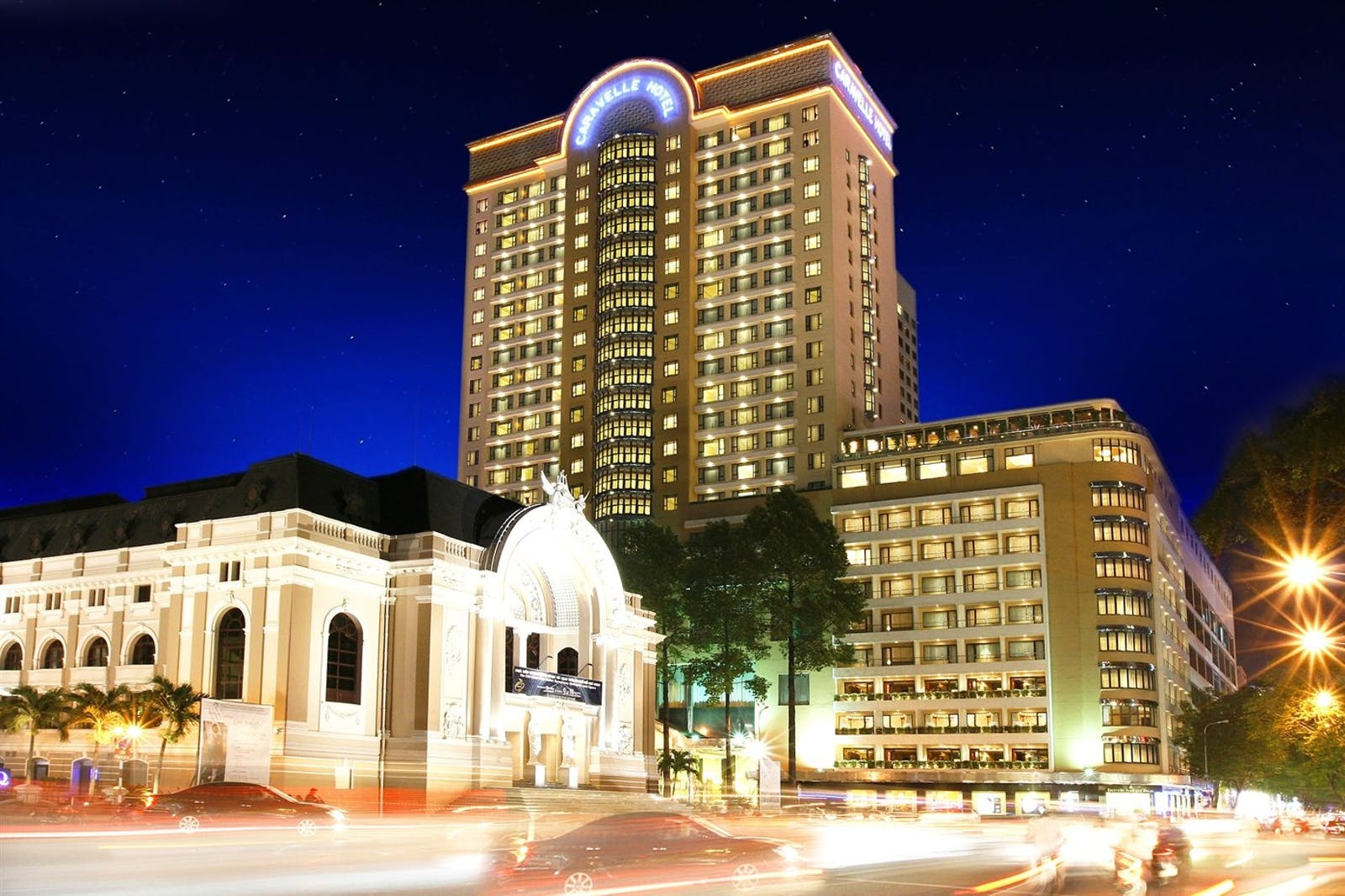
On Christmas Eve 1959, The Caravelle Hotel was inaugurated in a festival with free silver trayed canapés, vintage Champagne, and affability. In fact, the hotel had opened in seven months before, at that time a local newspaper related to public the use of Italian marble and bullet-proof glass. Contemporary reporter also noted its installation of a “stated-of-the-art air-conditioning system and a Berliet private generator”.
The hotel was a mixture of French and Vietnamese modern design. Moreover, it had contemporary facilities which made foreign embassies, new organizations, and businesses move quickly into the building all together. Through the 1960s, the Australian Embassy, the New Zealand Embassy, chose the hotel as their home, and the Saigon bureaus of NBC, ABC and CBS, to name but a few.
The ambience at the Caravelle Hotel was mostly for people to relax. At the rooftop bar, main activities in professional and social for the international media occurred. By the war’s closing days, on the tenth-floor perch, journalists could sit on the bar stools, drink cold beers and look at the front line. The lively scene could make them want to take the lift down to the entrance hall, ride one swanky American limousine of the hotel into the field, come back in time for cocktails and have comparing remark. At the end of the war, journalists claimed that they could cover the action without even leaving their bar stools.
On the morning of August 25, 1964, an accident happened that made the atmosphere of the hotel sour rather than languorous. When it was about 11:30 am, most of foreign journalists who were all out on assignment lived in room 514 where a bomb exploded. That bomb damaged nine rooms, blew out of several cars parked in the street, and injured a lot of people. Fortunately, there was not any death.
After the Liberation of Saigon in 1975, the government gained control of the hotel and changed its name to the Doc Lap (Independence) Hotel. That name was continued calling until 1998, the Caravelle name was reused. It was famously known as the city’s daintiest hotel and it still had intimate, welcoming, and mercifully free of pretense like previous days.
Nowadays, a smart 24-floor is next to the original ten-floor and the hotel has a form of the bulk of the new property. Tearing down the original and then starting scratch is what developers with short-sightendness tend to do. However, being lost those strikingly curved, balconied corners that have existed for almost half of a century and been one of the city’s most picturesque squares is unbearable. Foreign correspondents very loved the directly views form the hotel’s rooftop institution which now called Saigon Bar and since 1959 it had many changes.
The twin spires of Notre Dame Cathedral will appear when you have a looking at the Opera House, the Hotel Continental and up along Dong Khoi Street. In 1975, along the rue Catinat (now rue Dong Khoi), a Vietnamese container of gasoline rolled down to the Place Garnier (now Lam Son Square), Pull up opposite the Caravelle, turned turret and taken aim at the hotel’s façade. But at last, it didn’t fire, that everyone wanted know why, the atmospheric corner of the city might consider raising a glass or two to whoever was giving the orders by rooftop tipplers with an appreciate eye for the heritage on that April Afternoon.
During Vietnam War, a number of members of the international press corps chose The Caravell as their home and Saigon (now known universally as Ho Chi Minh City) become the centre of extraordinary upheaval and turmoil. At the present, nostalgic travelers and discerning visitors like visiting the hotel. The Caravelle is still a definitive luxury hotel in the centre of Saigon.
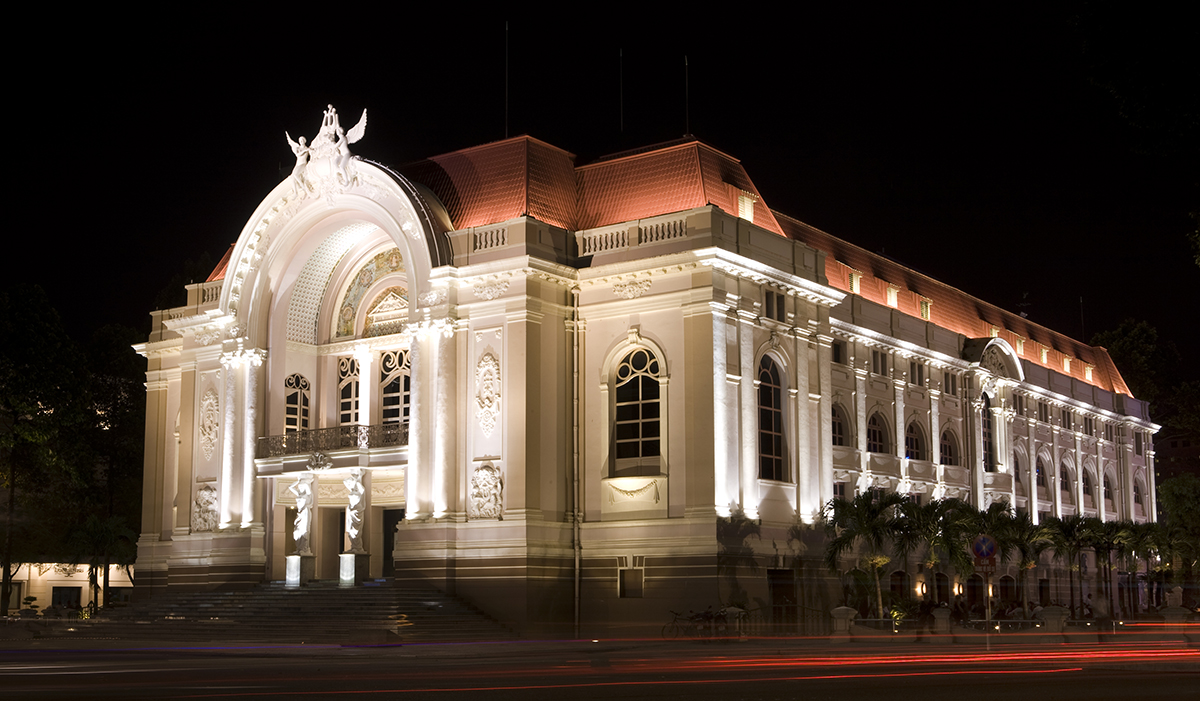
Location: Ho Chi Minh Municipal Theatre is located on Dong Khoi Street, Ho Chi Minh City, between the Caravelle and Continental Hotels. Characteristics: The theatre has a rotating stage and …
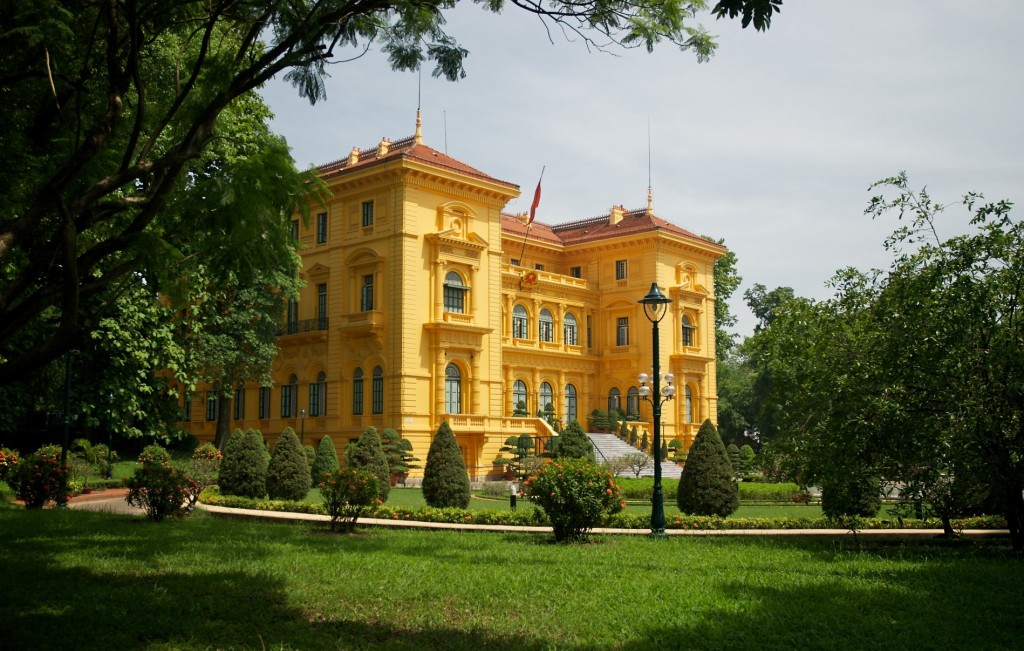
Chosen to be President Ho Chi Minh’s residence and office from May 1958 until his death, a stilt house is located in a large garden at the back of the …

The Ao Dai is a Vietnamese traditional outfit, now most commonly worn by women. At the present, nobody can know the original form of the ao dai. In the past, …
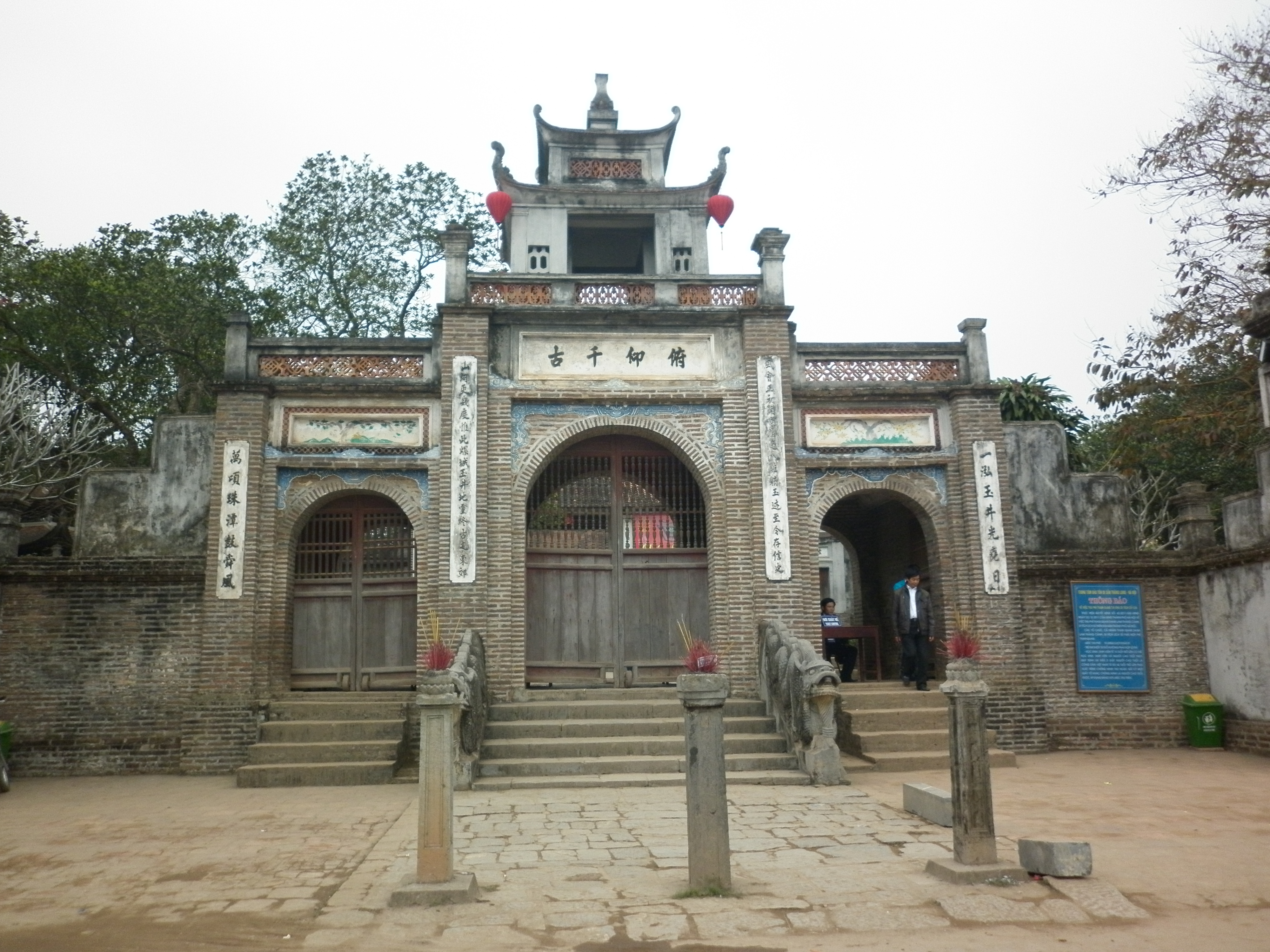
Location: Co Loa is a name of a historical relic which exits throughout thousand years of history. Established from the ancient age, this citadel had enormously become an urban city …
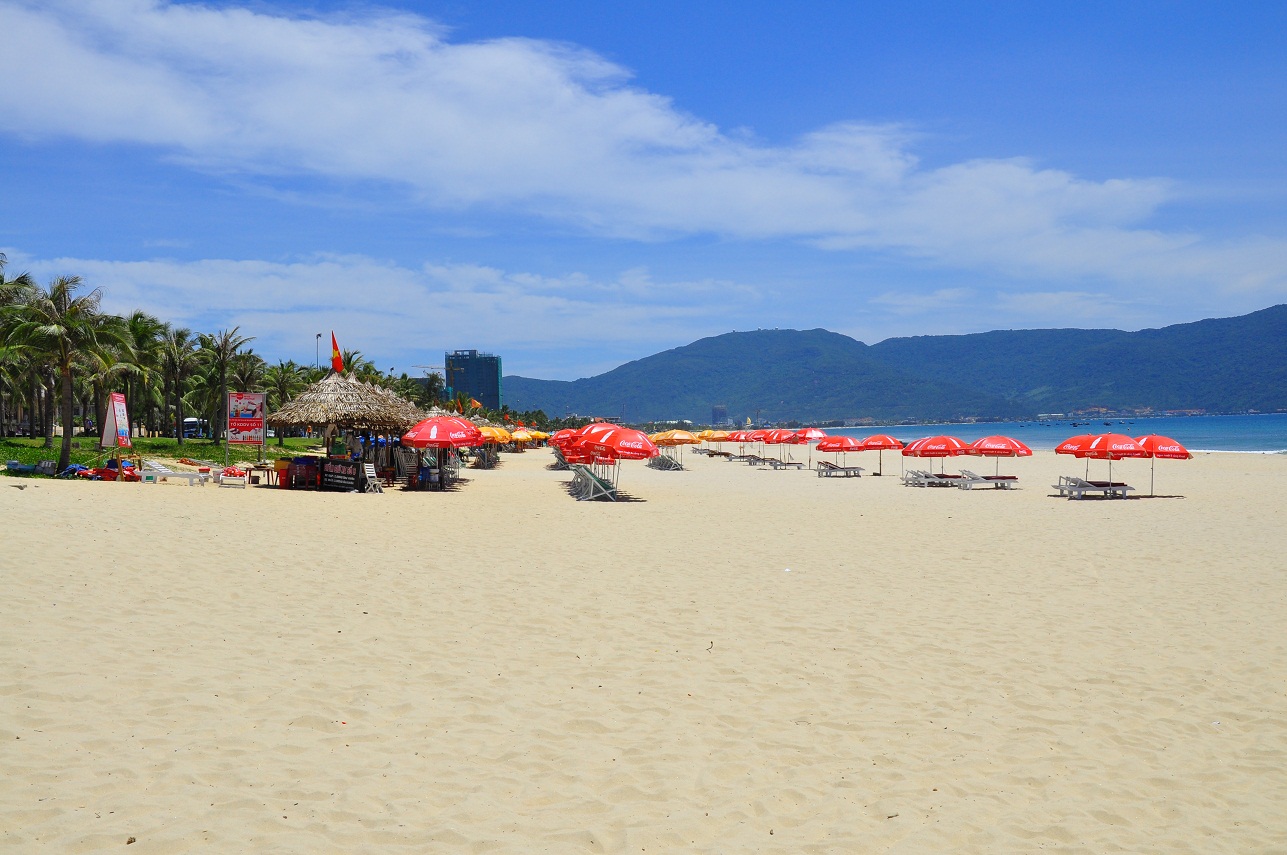
Xuan Thieu beach still remains the same with its smooth sand and blue water. Location: Xuan Thieu beach is in Lien Chieu district, Danang city. It is 3 kilometers South …
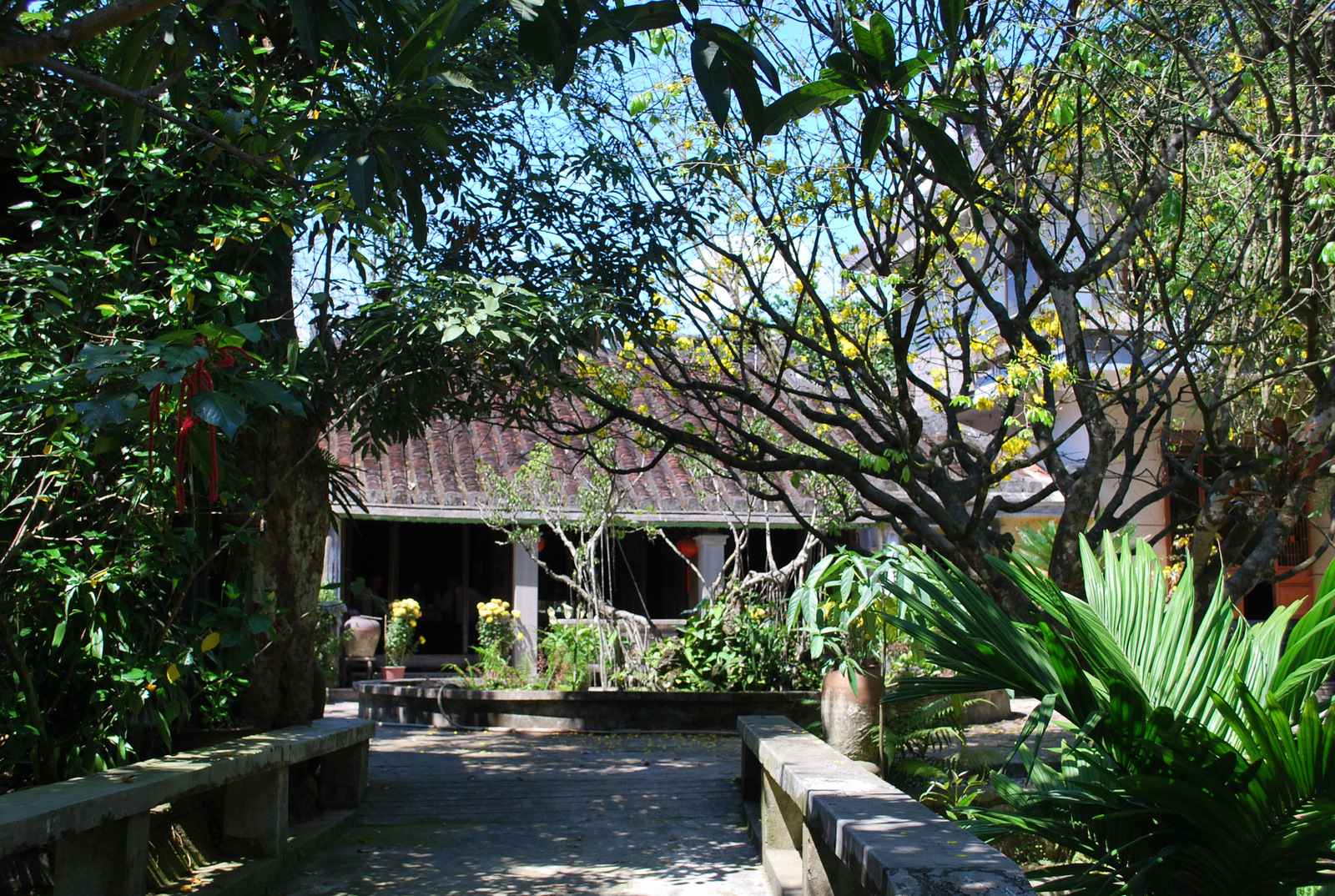
Location: Tuy Loan Communal House is located in Tuy Loan Village, Hoa Phong Commune, Hoa Vang District, Da Nang City. Characteristics: Tuy Loan Communal House was constructed in the late …
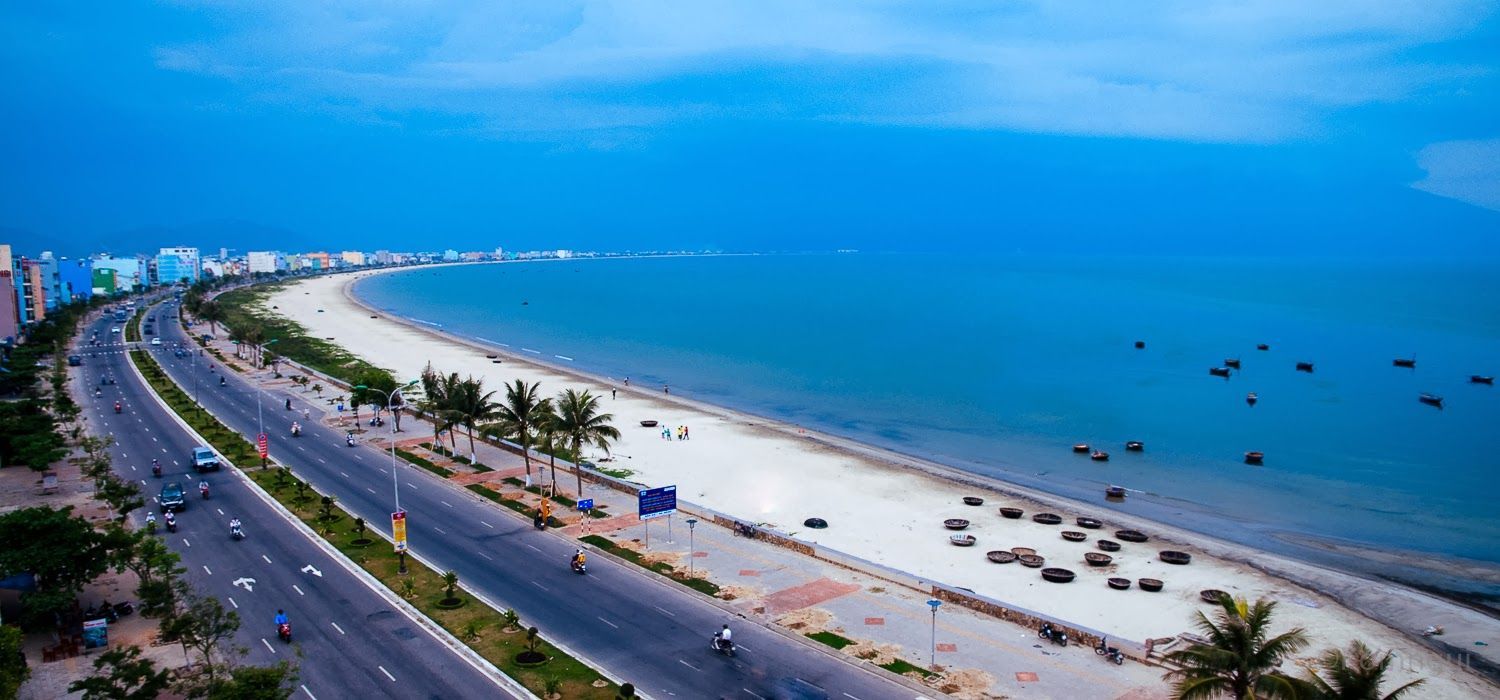
Ham Trung Shrine in Danang city, Vietnam The temple, located in Hoa Hiep Ward of Lien Chieu District, has an antique moss-covered wall stand in front of it. What makes …
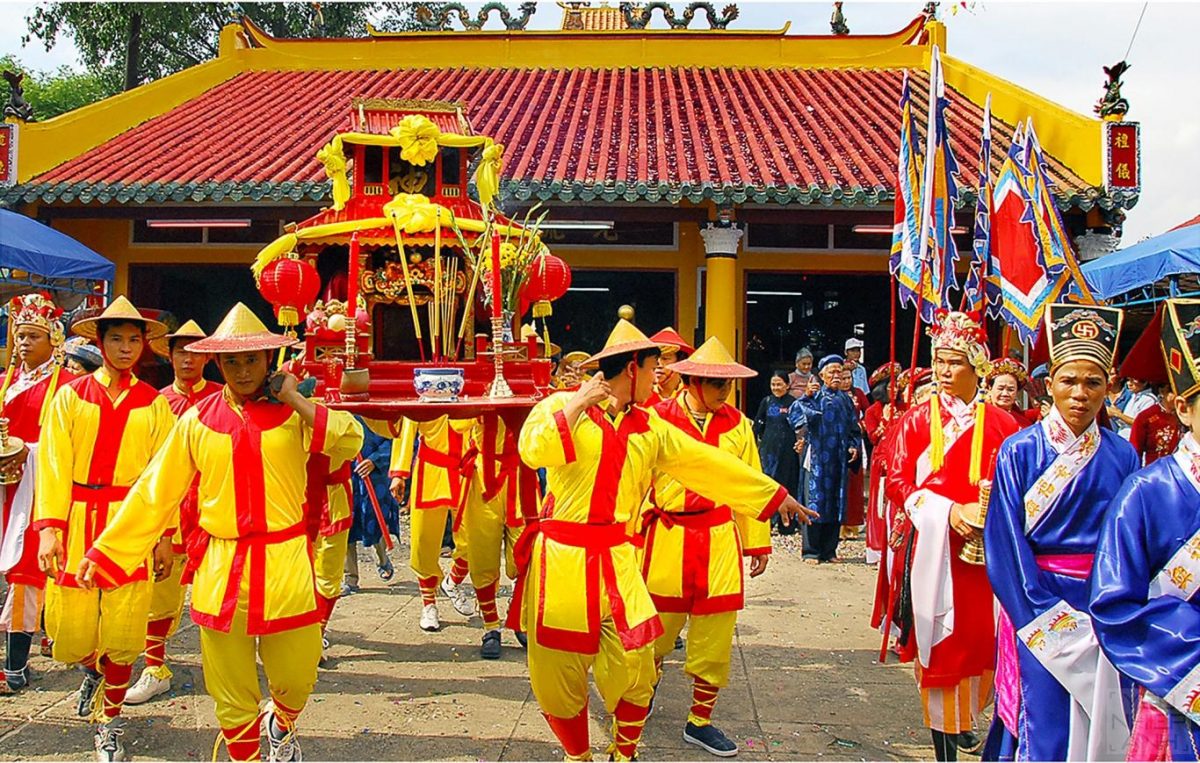
It is more than 500 years ago when Tuy Loan Village was settled by five ancestors of the clans consisting of Đặng, Lâm, Nguyễn, Trần, Lê under the King Le …
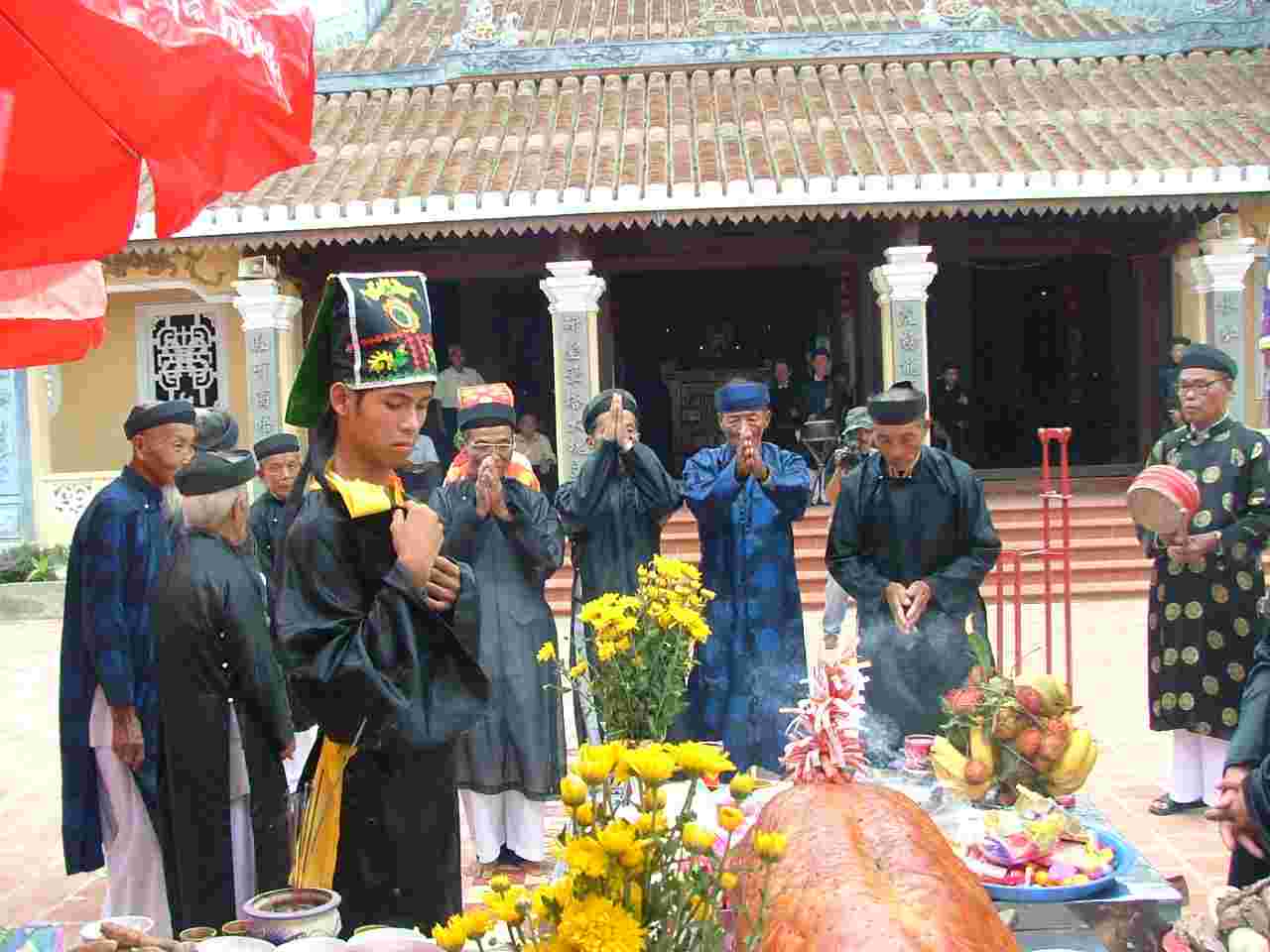
Location: Qua Giang Communal House lies in Qua Giang Hamlet, Hoa Phuoc Ward, Hoa Vang District, Da Nang City. Characteristic: The house is separated into two components: forecourt and sanctum …

